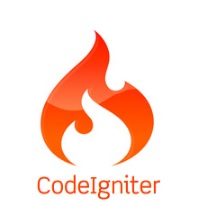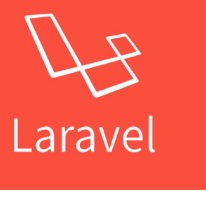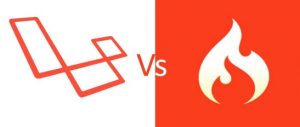 PHP Frameworks
PHP FrameworksNowadays, it has become highly essential to use a PHP MVC framework to develop custom web applications. A report stated that 78% of websites with known server-side scripting use PHP. It enables web developers to build scalable web applications and authorize rapid application development with maintainable code.
There are numerous types of PHP frameworks available; two such popular frameworks are Laravel and CodeIgniter.
CodeIgniter is a powerful open-source PHP framework used to build full-featured and dynamic web applications. Laravel is a PHP-based web application framework that follows the model-view-controller (MVC) architecture.
The comparison guide will help you understand the basics of these frameworks and the advantages and disadvantages of CodeIgniter and Laravel.
CodeIgniter is an open-source software rapid development PHP framework used to build impulsive and robust websites. It is based on the model-view-controller (MVC) architecture that can perform various operations using built-in libraries, development-friendly tools, and a rich set of features. Compared to other PHP frameworks, CodeIgniter is secure and prevents websites from multiple attacks.

Laravel is an open-source PHP framework for web artisans used to build small to enterprise-level applications. It is based on the model-view-controller (MVC) architecture with neat and demonstrative syntax. Laravel takes care of major tasks such as queuing, authentication, caching, routing, and sessions in web projects.

Know the difference between Laravel and CodeIgniter based on the following comparison parameters:

The database model of Laravel is Relational Object-Oriented and the database model of CodeIgniter is Object-Oriented programming.
Laravel follows the MVC structure of filing and comes with a command-line tool called the Artisan. The structure of CodeIgniter is MVC based on Object-oriented Programming and provides easy on-boarding.
CodeIgniter does not support HTTPS route adequately and the developers should manage URL helpers to protect the data transmissions. Laravel supports custom HTTPS routes and developers can build a specific URL for every HTTPS routes.
Laravel: JDBC, PostgreSQL, OrientDB, IBM DB2, MYSQL, ORACLE, and Microsoft SQL Server compatible.
CodeIgniter: PostgreSQL, MySQL, MongoDB, and Microsoft BI compatible and additionally supports Microsoft SQL Server, DB2, Oracle, and others.
Routing helps in scaling up of web applications and increasing the performance. CodeIgniter supports both explicit and implicit routing whereas Laravel supports only implicit routing.
CodeIgniter does not provide any built-in modularity features and the developers should create and manage modules using extensions. Laravel is designed with in-built modularity features that allow developers to segregate a project into small modules.
CodeIgniter does not support streamlined development of REST APIs whereas the RESTful Controllers in Laravel allows developers to manufacture a variety of REST APIs.
Laravel uses Blade Template Engine and CodeIgniter uses PHP proprietary as the template language.
The programming pattern of Laravel is component-oriented and the programming standard of CodeIgniter is an object-oriented event-driven functional pattern.
CodeIgniter does not have any in-built unit testing tools and so the developers need to use additional tools to evaluate code and application quality.
Laravel has a PHPUnit that empowers developers to check the application code constantly.
Laravel provides authentication class features that help developers to implement authorization rules easily. CodeIgniter does not have in-built authentication features and the developers need to authorize users by writing custom CodeIgniter extensions.
Beginners find it easier to learn and use CodeIgniter. Laravel offers various additional features which are quite difficult to learn for beginners.
Thus, you will be able to conclude that Laravel is a better framework compared to CodeIgniter due to its coding pattern, multiple features, and support for robust web application development.
Choose the framework that best suits your business requirements based on the type of applications, business models, and your goals.
First Name *
Last Name *
Organization
Email Address *
Phone *
Message or Project Description